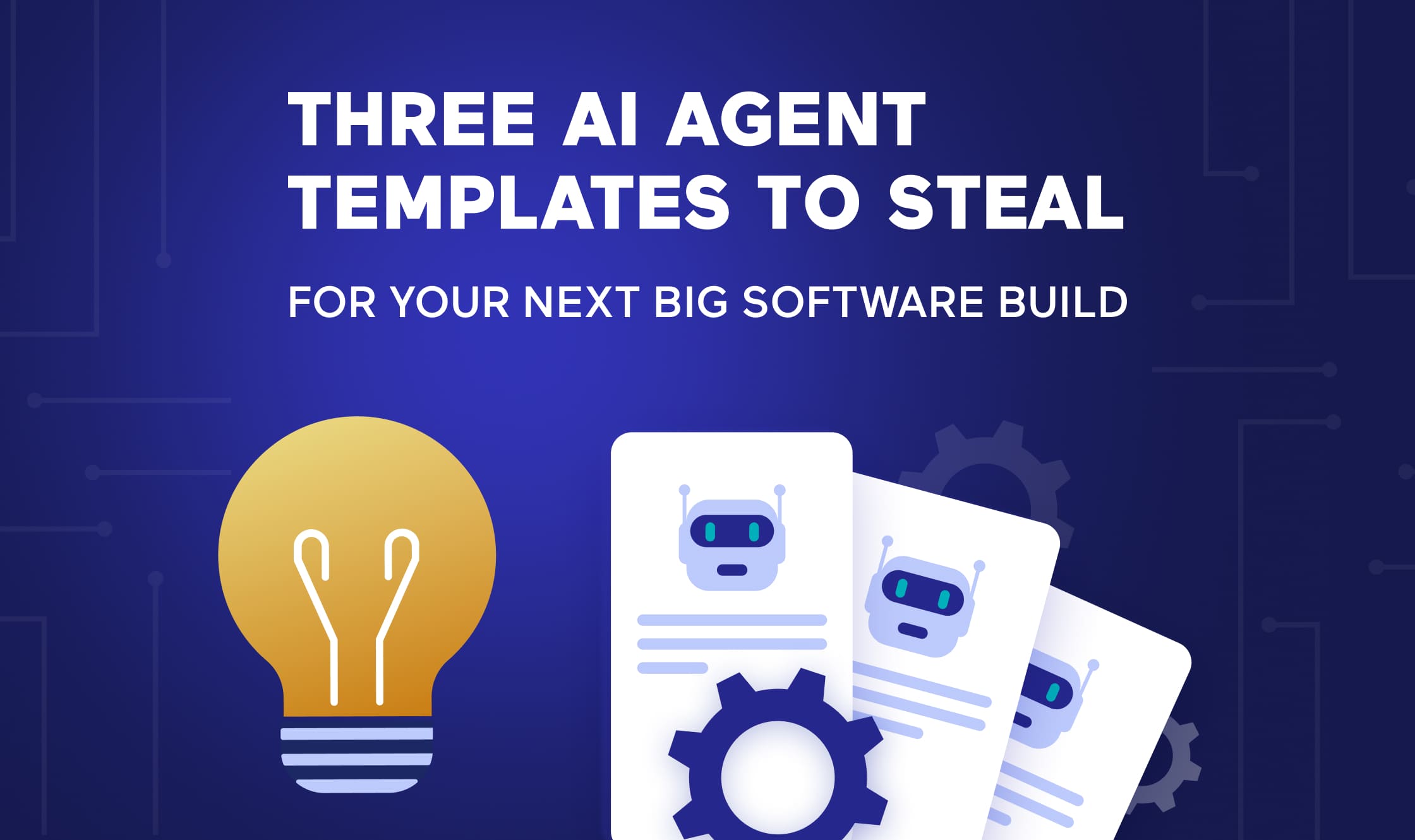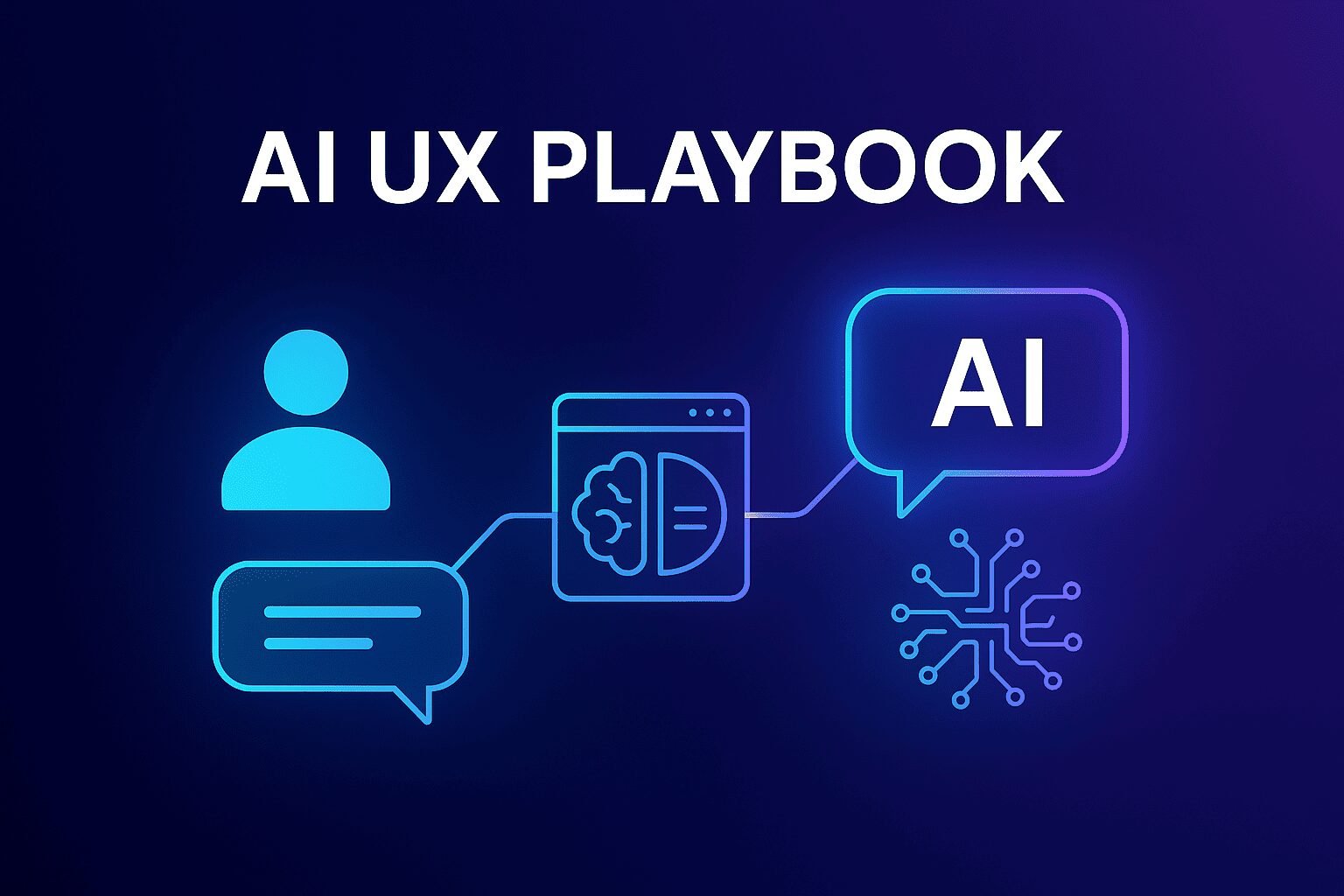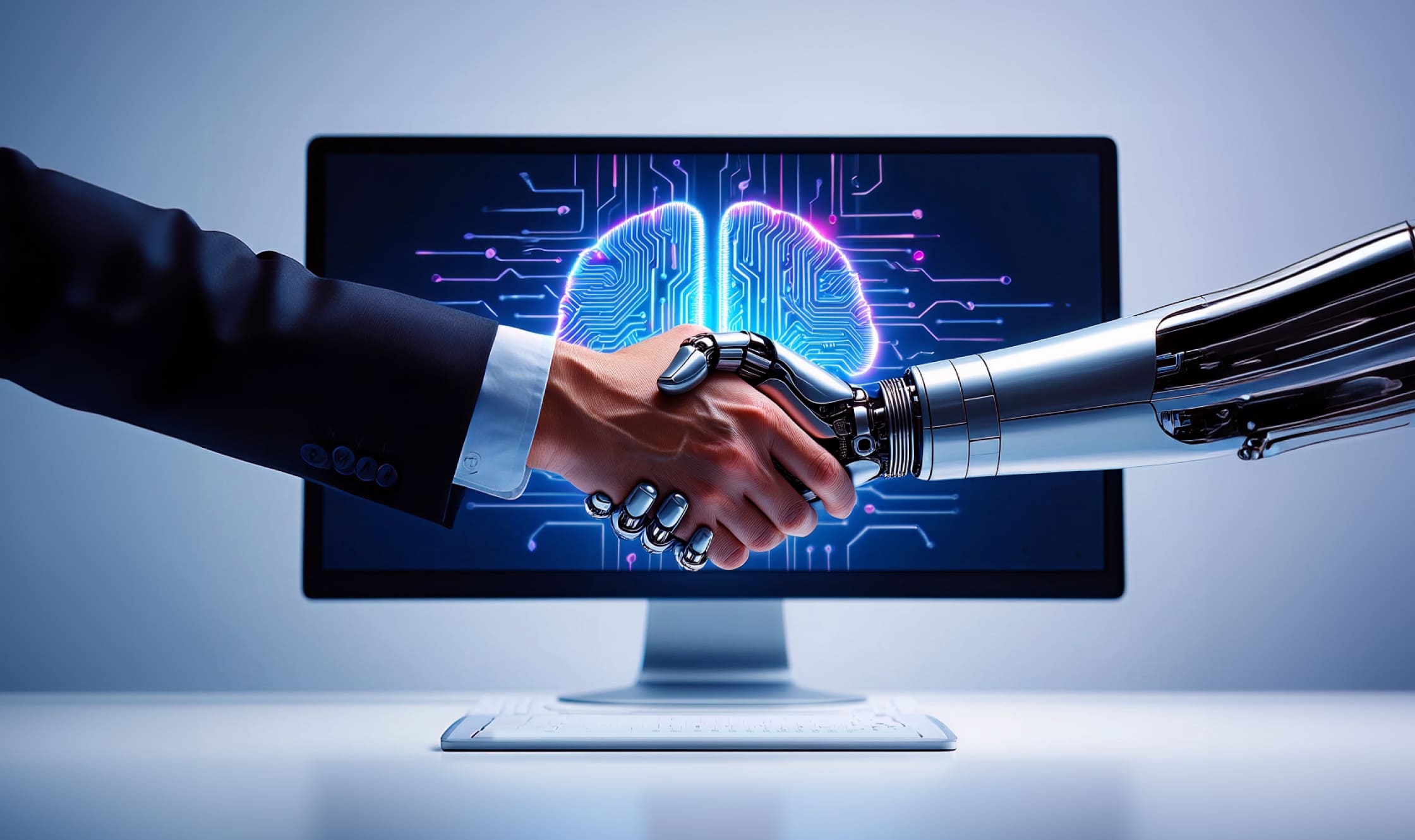Every business is looking for ways to reduce operational bottlenecks, increase efficiency, and create smarter digital experiences. But AI adoption often feels overwhelming—Where do you start? What’s the best use case? Will AI actually improve your business processes?
The AI Workflow Automation Blueprint helps answer these questions. This self-assessment guide walks you through evaluating your current workflows, identifying where AI-powered automation can drive measurable impact, and outlining an implementation plan that reduces overhead while keeping control in your hands.
By the end, you’ll have a clear, actionable roadmap to integrate AI agents into your SaaS product, internal workflows, or customer experience.
Step 1: Assess Your Current Workflow Efficiency
Before integrating AI, take a critical look at where inefficiencies exist. Answer these questions:
1. Where are the biggest bottlenecks in your current workflow?
- Example: Your team spends hours manually triaging support tickets instead of focusing on high-value customer needs.
2. Which tasks take the most manual effort or are repetitive?
- Example: Data entry, lead qualification, report generation, customer onboarding, or internal approvals.
3. Are there areas where human error frequently slows down processes?
- Example: Inconsistent data formatting in spreadsheets leads to inaccurate financial reporting.
4. Where do delays in your process directly impact customer experience or revenue?
- Example: A delay in processing order modifications frustrates customers and increases churn.
Scoring System:
Rate each challenge on a scale of 1-5 (1 = Minor, 5 = Critical Bottleneck). Your highest-scoring areas are prime candidates for AI-powered automation.
Step 2: Identify AI Automation Opportunities
Based on your assessment, let’s determine how agent-based AI can optimize your workflows.
Common AI Use Cases for SaaS & Enterprise Workflows:
Workflow Challenge | How AI Can Solve It |
Manual customer support ticket triage | AI agents can categorize and escalate tickets automatically based on sentiment and urgency. |
Data transformation in Excel, SQL, or CRM | AI-powered automation can clean, format, and extract insights without manual intervention. |
Internal approvals & compliance reviews | AI can analyze documents and flag inconsistencies before human review. |
Customer onboarding & personalization | AI-driven chatbots and workflow automation can guide users dynamically. |
SaaS feature adoption analytics | AI can analyze user interactions and suggest personalized engagement strategies. |
Your Turn:
- Which of the above applies to your business?
Do you have workflows that involve structured data, rules-based logic, or decision-making based on historical patterns? If yes, these are ideal for AI automation.
Step 3: Designing an AI-Powered Workflow
Once you’ve identified an automation opportunity, it’s time to design your AI-enhanced workflow.
Key Components of an AI Workflow:
- Trigger → What event kicks off the process? (e.g., new customer signup, incoming email, system alert)
- Data Processing → How will AI analyze and interpret relevant data? (e.g., extracting key phrases from support tickets, summarizing reports)
- Decision-Making → What rules or AI logic will guide actions? (e.g., if a request includes “urgent,” escalate to a human)
- Action Execution → What final output or system response is generated? (e.g., send a response, update a CRM record, trigger a Slack notification)
Example: AI for Sales Lead Qualification
- Trigger: A new lead submits a form on your website.
- Data Processing: AI extracts company size, industry, and intent from responses.
- Decision-Making: AI assigns a lead score based on likelihood to convert.
- Action Execution: The AI assigns the lead to the right sales rep and drafts a personalized follow-up email.
Your Turn:
Sketch out an AI-powered workflow for one of your business processes using the above framework.
Step 4: Implement AI Agents Without a Heavy Dev Lift
One of the biggest blockers to AI adoption is engineering complexity—teams worry about costly AI development, maintaining models, and integrating AI into their stack.
Why Traditional AI Adoption Fails:
- Over-engineering AI without a clear business use case.
- Building AI models from scratch instead of leveraging modular automation.
- Lack of multi-tenant capabilities for SaaS platforms.
How Wippy Simplifies AI Workflow Automation
Instead of spending months developing AI models and automation infrastructure, Wippy lets you integrate AI-powered agents into your product or operations with a plug-and-play approach.
✔ Prebuilt AI Agents: Skip the complexity—deploy tested AI modules for common tasks.
✔ No Extra Dev Lift: Integrate AI automation into your SaaS product or operations without an in-house AI team.
✔ Works with Your Existing Tools: Automate Excel, CRM, ERP, and SaaS processes without ripping and replacing software.
Your Turn:
What’s one AI-powered automation you would implement if it took days, not months to deploy?
Step 5: Create Your AI Automation Roadmap
Now that you’ve assessed, identified, and designed AI workflows, let’s map out your AI adoption plan.
AI Roadmap Planning Template
Phase | Key Actions | Estimated Timeline |
Phase 1: Identify Use Cases | Complete AI workflow assessment & prioritize automation candidates | Week 1-2 |
Phase 2: Prototype AI Agents | Deploy a test automation using a low-risk process | Week 3-4 |
Phase 3: Integrate & Optimize | Expand AI automation across teams and refine workflows | Month 2-3 |
Phase 4: Scale AI Capabilities | Implement AI in multiple departments & measure ROI | Month 4+ |
Final Thoughts & Next Steps
AI automation isn’t about replacing jobs—it’s about enhancing productivity, reducing repetitive work, and scaling intelligently.
At Spiral Scout, we’ve worked with over 260 companies to integrate AI-powered workflows seamlessly—whether through hands-on development, consulting, or plug-and-play solutions like Wippy.
What’s Next?
- Download your completed AI Workflow Assessment.
- Schedule a free consultation to explore implementation strategies.
- Join the AI-powered movement—without the dev complexity.



